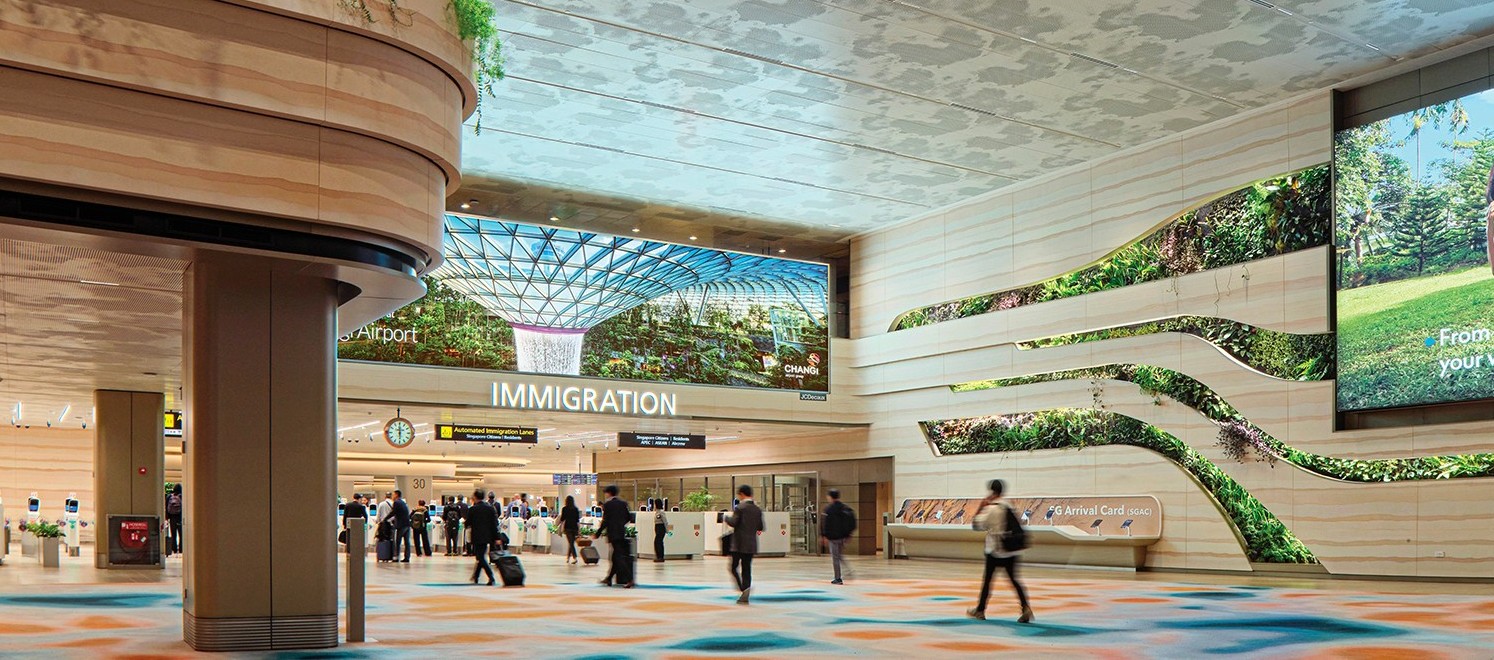As the global aviation industry faces uncertainty, Southeast Asia is emerging as one of the world’s most resilient and rapidly recovering travel regions — powered by strong regional connections, growing low-cost networks, and renewed confidence in cross-border tourism.
In 2025, Southeast Asia’s skies are busier than they have been in years. While many parts of the world continue to struggle with post-pandemic slowdowns, rising costs, and geopolitical tensions, the 10 member countries of the Association of Southeast Asian Nations (ASEAN) — Brunei Darussalam, Cambodia, Indonesia, Laos, Malaysia, Myanmar, the Philippines, Singapore, Thailand, and Vietnam — are charting a path of steady growth. With a regional population of over 700 million, ASEAN is a key centre of both regional and global aviation, and the growth and stability that’s been exhibited here in recent years is quite enviable in a world too often rocked by instability and uncertainty.
Intra-ASEAN air travel has proven especially strong. For the Summer 2025 season, 46 million scheduled seats were available for flights between ASEAN countries, according to industry data from OAG. That figure marks a 7% increase compared to the same period in 2024. Although still 6% below the pre-pandemic peak of 50 million in 2019, the upward trend signals a sustained recovery and growing regional interdependence.
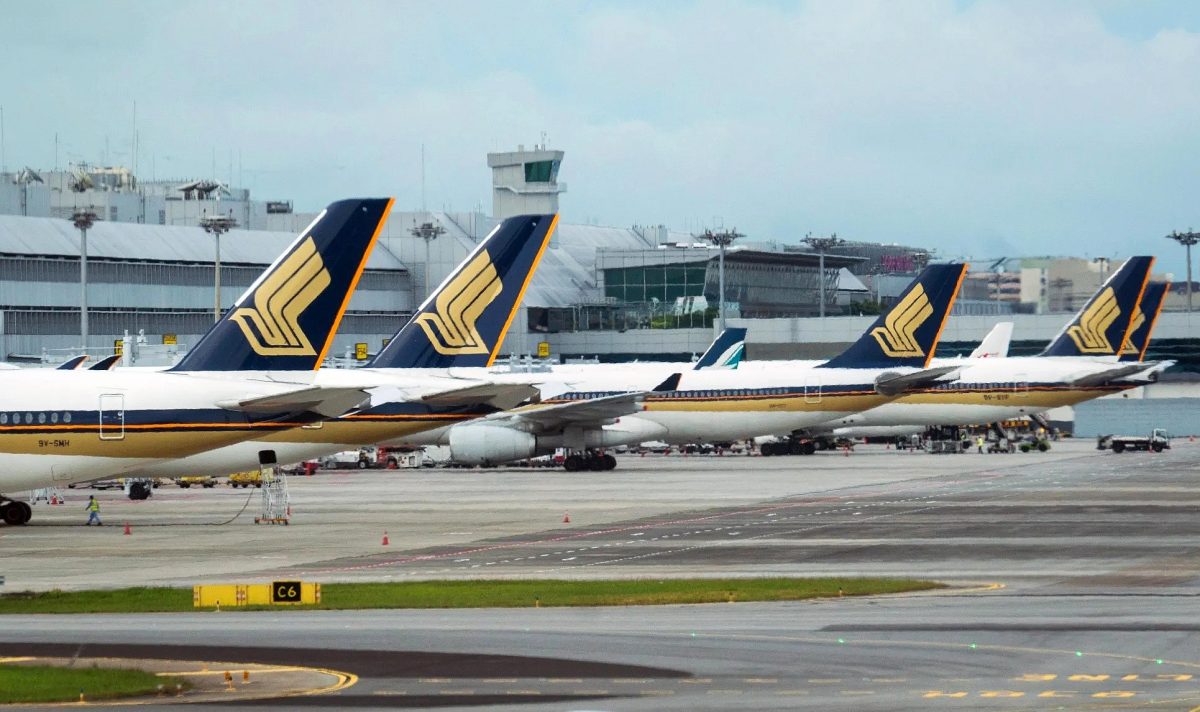
Before the pandemic, regional travel within ASEAN accounted for about 37% of international arrivals. By 2024, that figure had climbed to 45%. As global travel patterns shift, ASEAN’s strong network of short-haul routes has become a major stabilizing force for the aviation sector.
Several countries have prioritized rebuilding connections not only between major capitals, but also between emerging secondary cities. Routes that once catered primarily to business travellers now increasingly serve leisure markets, driven by growing middle-class demand and the expansion of low-cost carriers (LCCs).
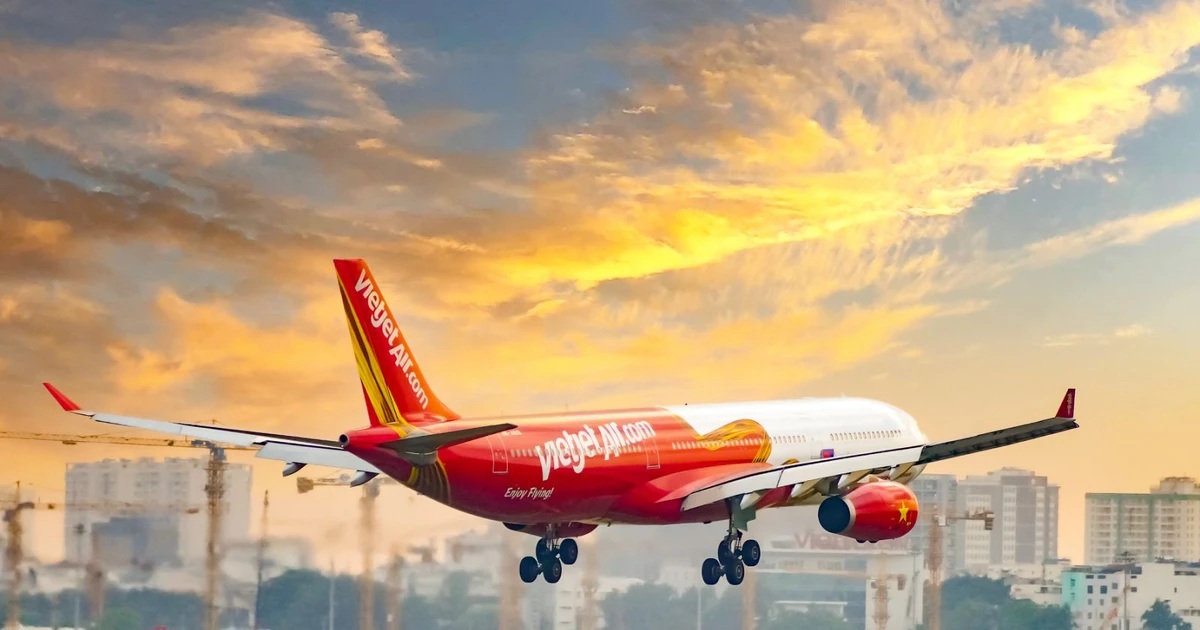
REGIONAL LEADERS: THAILAND AND VIETNAM JOIN ESTABLISHED HUBS IN SINGAPORE AND MALAYSIA
Malaysia has emerged as a clear leader in regional connectivity, recording 19.3 million scheduled intra-ASEAN seats for Summer 2025. While this remains slightly below 2019’s numbers, Malaysia’s network continues to expand steadily, supported by carriers such as AirAsia and Batik Air Malaysia, along with flag carrier Malaysia Airlines and its Firefly subsidiary.
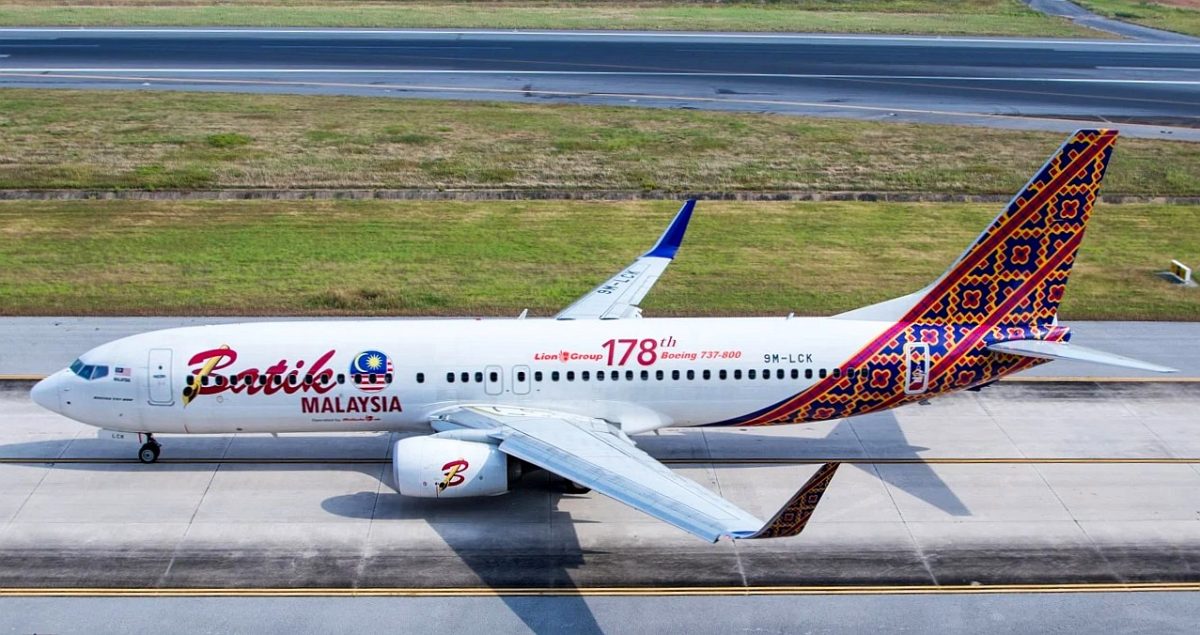
Meanwhile, though its total seat count is slightly lower than Malaysia’s, Singapore remains ASEAN’s indisputable premier aviation hub, with 19 million intra-regional seats this year. The city-state connects to virtually every other ASEAN capital, and six of the 10 busiest intra-ASEAN routes either originate or terminate there. Singapore’s Changi Airport, ranked once again as the world’s best airport, continues to be a crucial gateway linking Southeast Asia to the rest of the world, even as regional routes take on greater importance.
The Lion City’s focus on innovation has helped maintain its edge. Recent infrastructure upgrades at Changi and the addition of more LCC-friendly terminals have ensured that Singapore remains competitive despite the growth of neighbouring hubs.
Apart from Malaysia and Singapore, and among ASEAN’s fastest-growing aviation markets, Vietnam has stood out as a regional success story. The country’s intra-ASEAN seat capacity grew by nearly 22% year-on-year and now exceeds pre-pandemic levels by more than 8%. Vietnam has also expanded the number of regional routes it serves, from 45 in 2019 to 51 in 2025.
Much of this growth has been fuelled by secondary destinations such as Danang and Phu Quoc. Danang added five new intra-ASEAN routes this year, while Phu Quoc gained three, connecting to major cities like Bangkok and Jakarta. These connections are transforming previously domestic tourism spots into regional gateways.
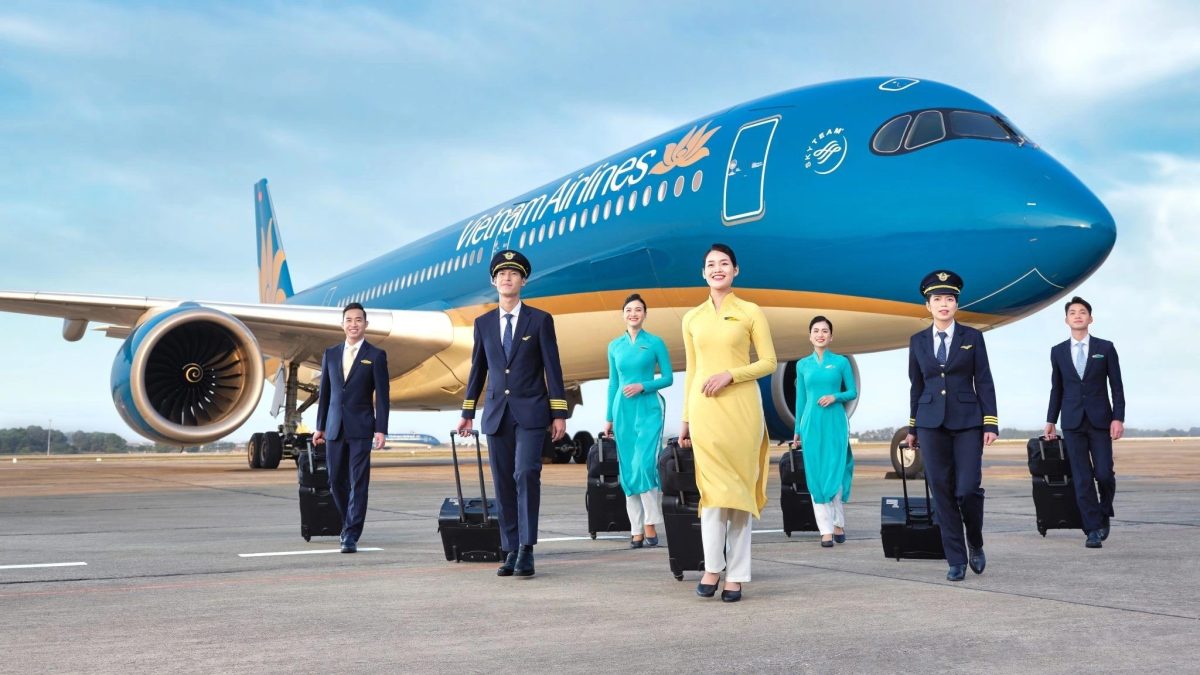
Thailand continues to play a pivotal role in ASEAN’s air network, serving as both a tourism magnet and a transit hub. Bangkok’s two airports — Suvarnabhumi and Don Mueang — are key to this strategy, handling a mix of full-service and low-cost traffic.
Suvarnabhumi’s connection to Phu Quoc has seen remarkable growth, with seat capacity up more than 260% since 2019. Budget airlines such as Thai Vietjet, Thai Lion Air, and Thai AirAsia are leading the charge, connecting Thailand to secondary cities across Vietnam, Indonesia, and Malaysia.
Thailand’s tourism-driven recovery is also reflected in new flights linking Chiang Mai and Phuket to destinations like Penang, Kuala Lumpur, and Siem Reap, further diversifying its travel ecosystem.
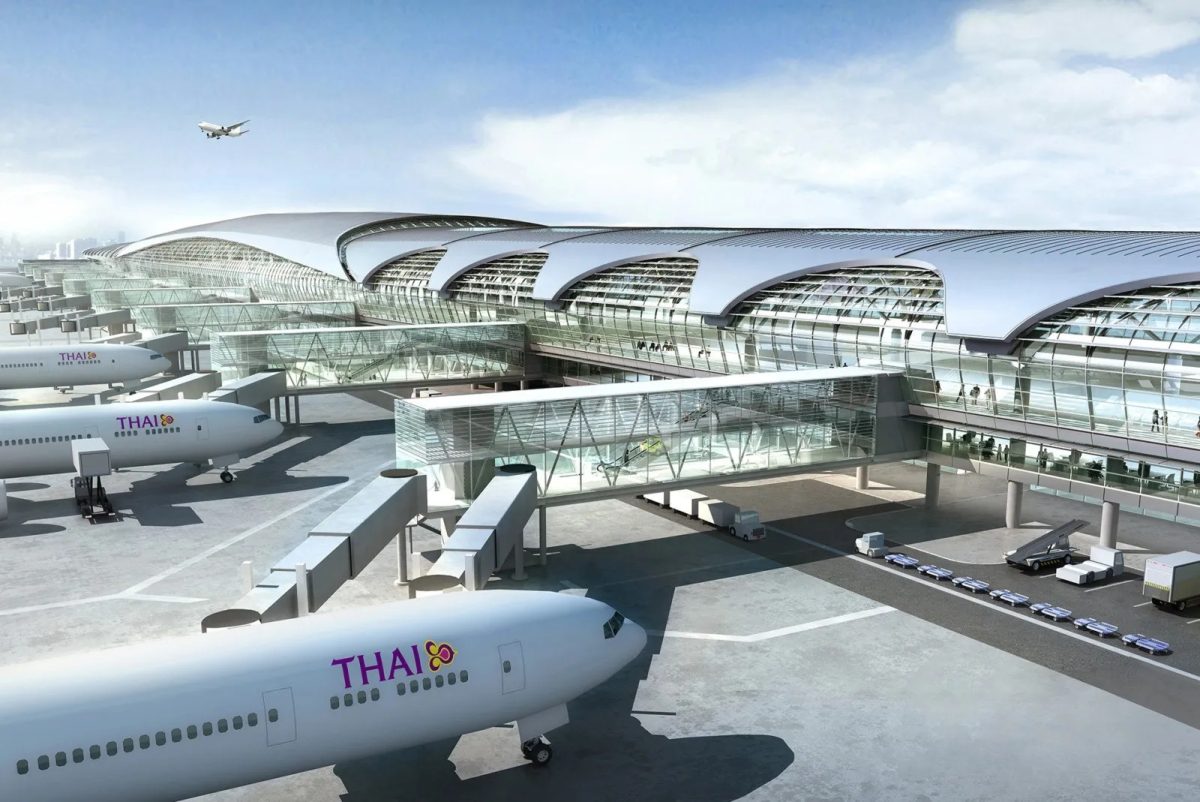
SECONDARY CITIES TAKE OFF
A key trend shaping ASEAN aviation in 2025 is the rapid expansion of routes between secondary cities. Intra-regional seat capacity on these routes has grown by 18% year-on-year.
Malaysia’s Kota Kinabalu and Penang, Indonesia’s Surabaya and Medan, and Vietnam’s Danang have all seen increased connectivity, signalling that travellers are seeking more direct access to smaller destinations. These routes also support trade, education, and business partnerships that extend beyond traditional capital-to-capital travel.
Bali, for instance, added new flights to Hanoi and Phuket, linking some of the region’s most popular leisure hubs. Indonesia now accounts for 22 of the 50 new intra-ASEAN routes added since 2019 — evidence of how its vast geography and growing tourism appeal are reshaping air travel patterns.
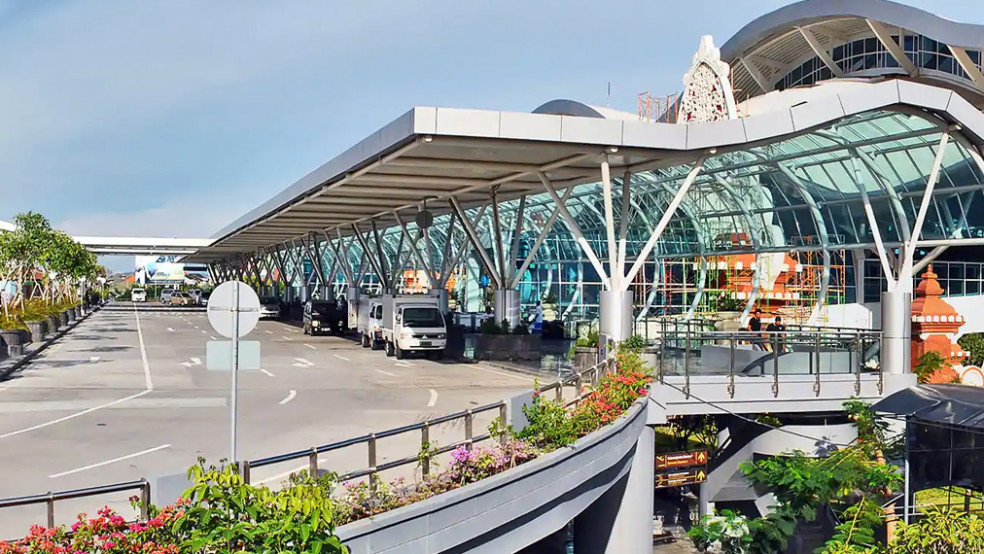
No conversation about ASEAN aviation is complete without mentioning the influence of LCCs. Airlines such as AirAsia, VietJet, and Lion Air have democratized air travel by offering affordable fares and frequent service across the region.
Their rapid expansion has opened up air access to smaller cities and less-developed regions, fuelling both domestic and international tourism. With a combined market share of nearly 60% of intra-ASEAN capacity, low-cost carriers have become the backbone of the region’s connectivity.
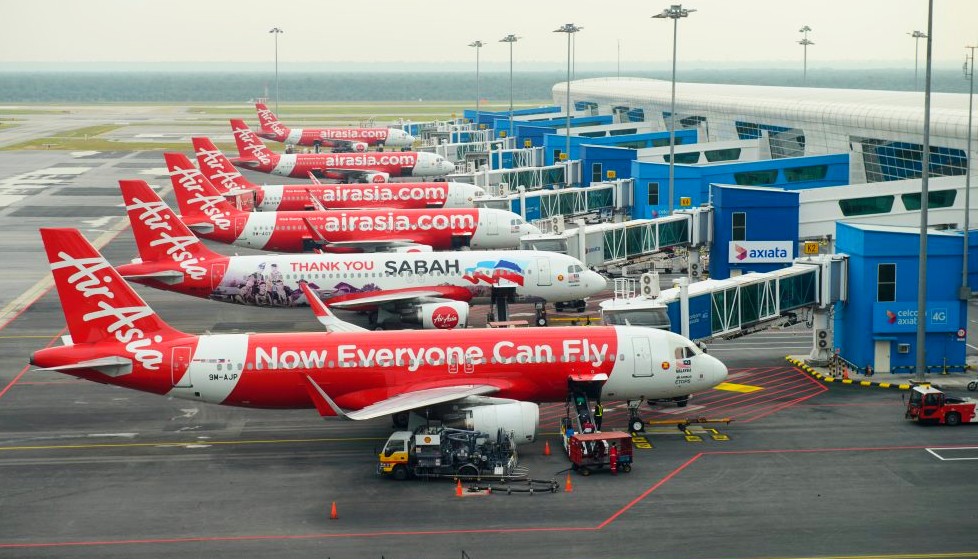
A STRONGER REGIONAL FOUNDATION
Timor-Leste, expected to formally join ASEAN by the end of 2025, is already seeing an uptick in air traffic. Batik Air Malaysia began flights between Kuala Lumpur and Dili in June, marking one of the first direct commercial links between Timor-Leste and a major ASEAN capital.
Seat capacity between Singapore and Dili has also surged — from just 354 in 2019 to 9,900 this year. While still small in total volume, this growth highlights ASEAN’s expanding network reach and its role in integrating newer markets into the regional economy.
As the global aviation landscape faces challenges ranging from fuel price volatility to shifting travel patterns, ASEAN’s focus on regional integration offers a model of resilience. By deepening intra-regional connections and investing in sustainable air infrastructure, Southeast Asia is building a more self-reliant network that supports both tourism and trade.
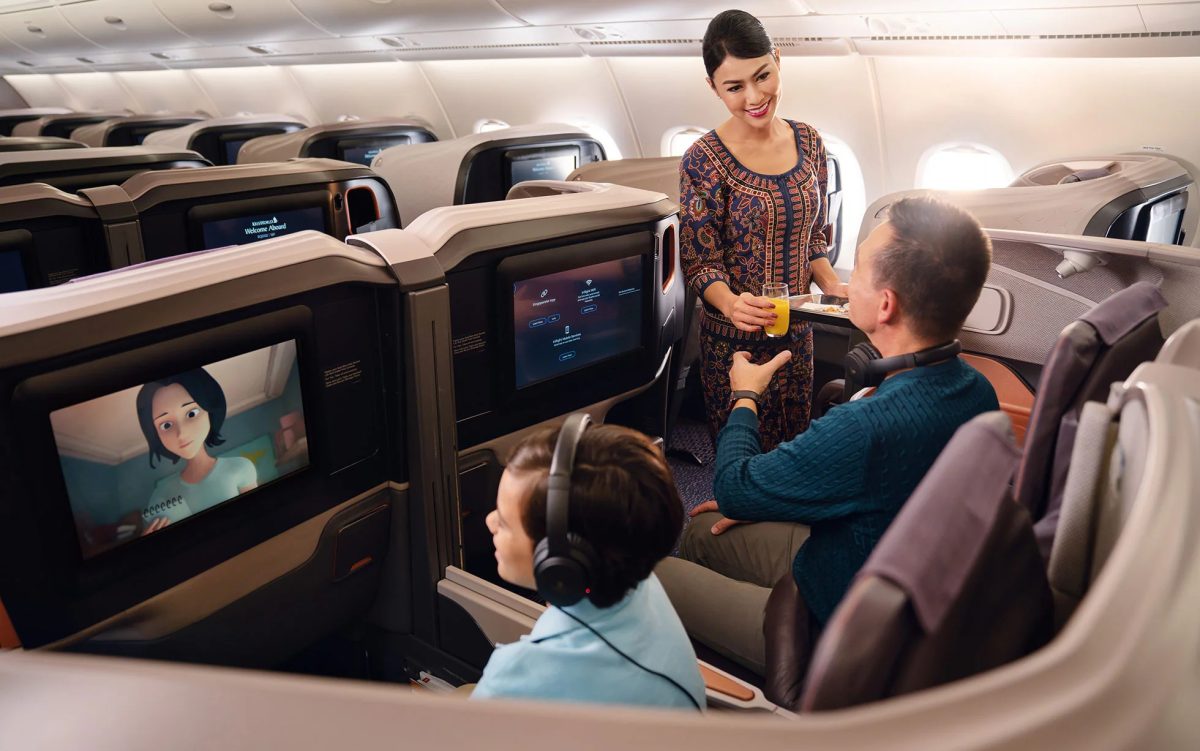
Border disruptions, like the June 2025 closure of certain Thailand-Cambodia crossings, have underscored the importance of reliable air links within the region. With air travel providing a dependable alternative, countries are increasingly prioritizing aviation as a tool of regional stability and cooperation.
ASEAN’s aviation story in 2025 is is proving to be a model of adaptability and collaboration. Malaysia’s steady and strengthening leadership, Singapore’s global connectivity, Vietnam’s rapid expansion, and Thailand’s strategic positioning all point toward a stronger, more unified network throughout the region.
With continued investment from both governments and airlines, the region’s skies are set to become even busier. The next phase of growth will likely see more sustainable practices, improved infrastructure, and a deeper focus on connecting emerging destinations.
Southeast Asia may not yet have reclaimed its pre-2019 seat numbers, but the region’s trajectory is unmistakably positive. By focusing on regional cooperation and accessibility, ASEAN is not only rebuilding faster than most — it is redefining what post-pandemic aviation success looks like.
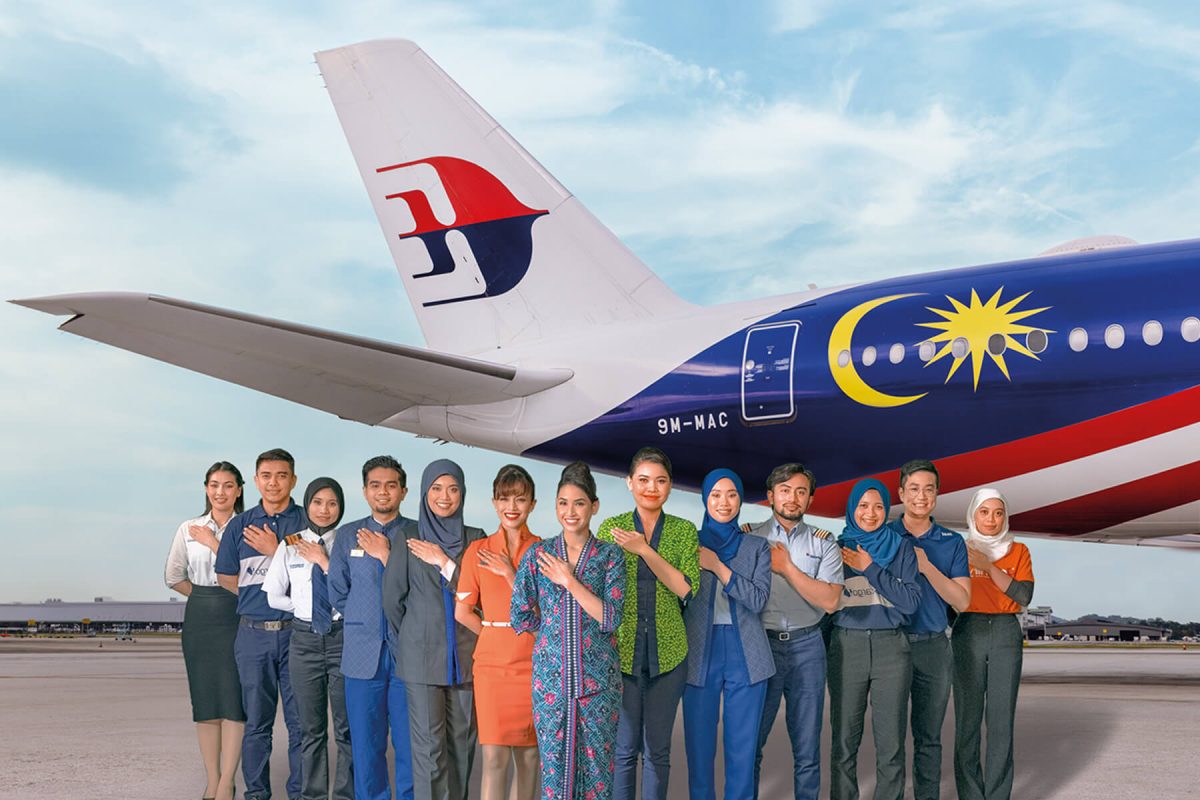
SOURCES: OAG Aviation Data, CAPA – Centre for Aviation, ASEAN Secretariat, AirAsia Group reports, Vietnam Airlines, Aviation A2Z, Reuters, and Bangkok Post.


